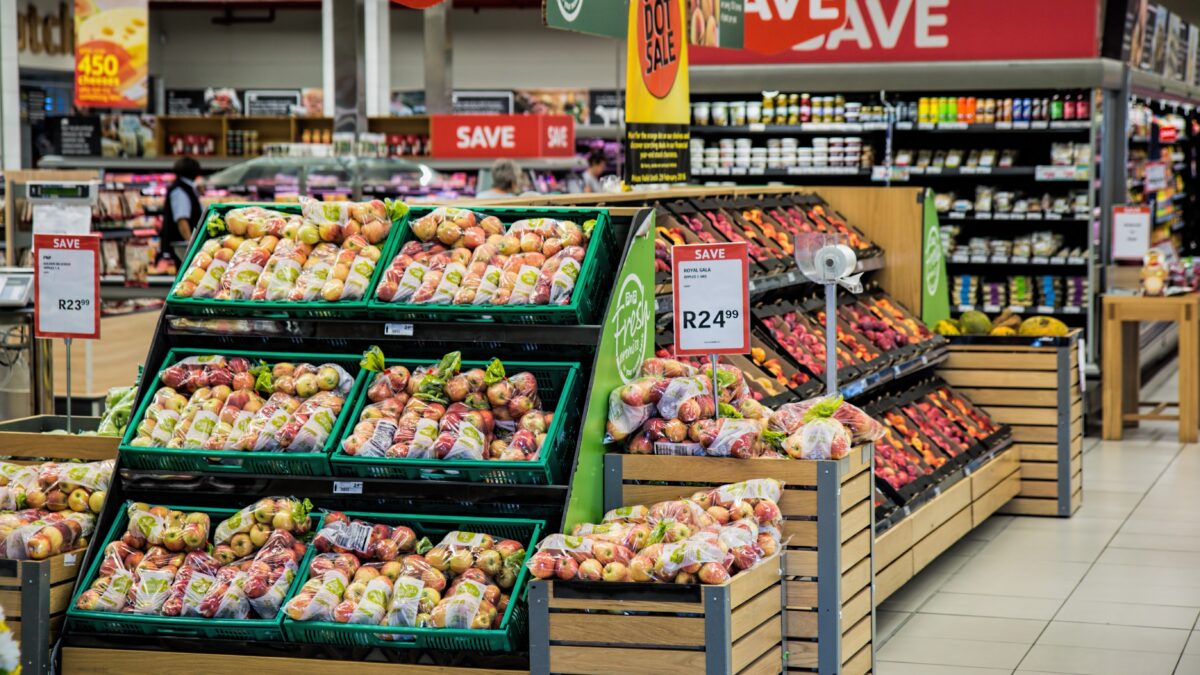
What is modern merchandisng?
Marketing activities that lead to increased sales are crucial from the perspective of manufacturers, suppliers, and distributors alike. They are referred to as merchandising, and their main objective is to encourage consumers to make purchases and increase the number of purchased products. Modern approach to activities in this area uses the experience of many disciplines, including among others the psychology of sales and marketing. Thus, by using elements that affect the senses (mainly sight) of consumers, they lead to better sales results.
Application and types of merchandising
The importance of actions to increase sales profit is very high. Especially due to the dynamic changes in retail environments and consumer behavior. Based on their analysis, new practices are developed to effectively increase the number of goods and services sold. In this case, what is merchandising? We can most simply define it as all marketing activities that affect the purchase decision of customers. Currently, they are used not only by large retail chains, but also small companies that care about a modern and effective approach to sales. In the main, the work is based on the correct presentation of products in accordance with the principles adopted within the strategy.
There are several basic types of this type of marketing activity. They depend on how the activities are organized, as well as their scope. The first of them is mobile merchandising, performed in several locations for one manufacturer. It is carried out in accordance with the top-down detailed strategy within its brands and focused on the sale of their products. Another one is stationary (commercial), i.e. provided on the territory of one store, often as a combined service for many suppliers. It is helpful in organizing the sales strategy of an outlet and is often chosen by its owners. We also distinguish visual merchandising, i.e. complex activities focusing on visual aspects, which are to influence sales increase. It is carried out on many levels, takes into account the visual identity of the brand, the exposure of goods, etc.
Merchandising practices
The most popular activities carried out as part of merchandising are those related to the presentation of goods. These include their distribution on the shelves according to the price and type. All products subject to promotion are displayed in a visible way. Care is also taken not to place too many articles on the shelves, which could lead to the layout being unclear from the perspective of customers. Proper placement in accessible locations for customers is also crucial for items that generate a lot of revenue.
In addition to the above elements mainly related to merchandise, it is also important to consider and take advantage of the characteristics of where the merchandise is displayed. Well-implemented stationary, mobile or visual merchandising will make use of the topography of the point of sale, e.g. to exploit points of greatest potential, such as at the intersections of alleys. Cross-merchandising will also be used to increase revenue from the sale of products in multiple categories. The right promotional materials, music and even fragrances will be used to create a shopping atmosphere.
Service training or professional merchandising?
Entrepreneurs who want to introduce a merchandising strategy to their company have two options. The first is to train their employees in the principles of this type of marketing system. However, an increasing number of companies decide to use the services of professional merchandisers. Such people focus exclusively on aspects related to increasing sales, and they also have adequate knowledge and experience in performing their duties. They can analyze data and consumer behavior, develop and implement effective strategies tailored to specific points of sale, or brand requirements.
Hiring a merchandiser should also take into account many skills in action planning and interpersonal relations. Therefore, it is worth to outsource the recruitment to professionals from the industry, such as IQFM. As part of their duties, the hired merchandiser will prepare detailed reports on the activities undertaken, which will allow for their subsequent analysis and possible modification, in order to adapt them to changing objectives and sales situation. Professional merchandising is highly effective for both stationary and mobile activities.

